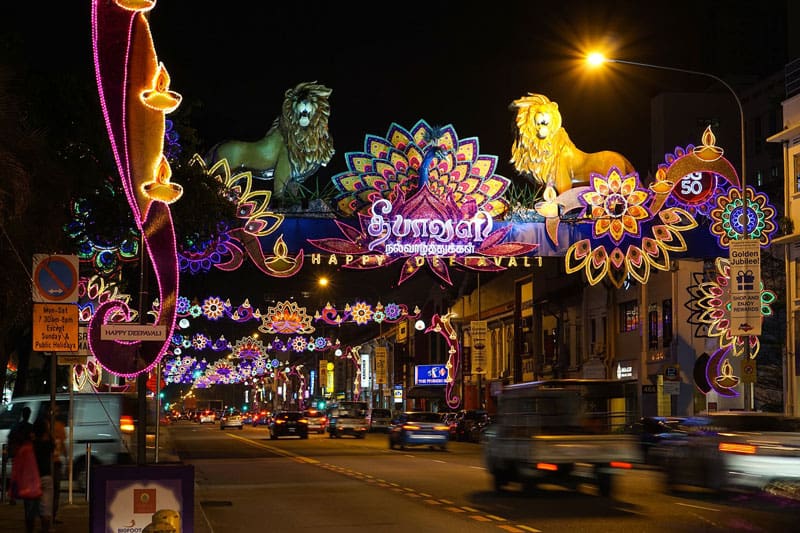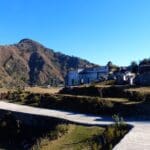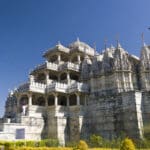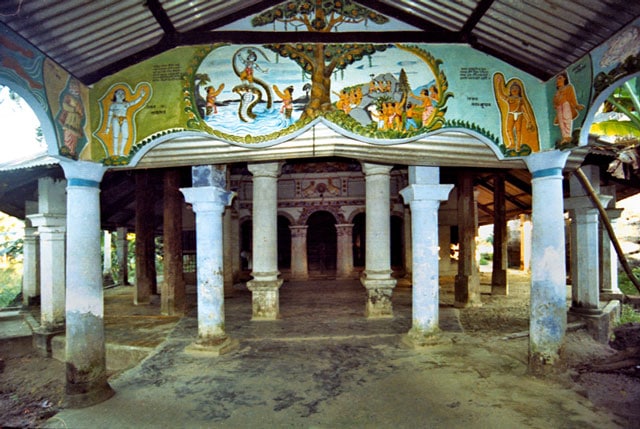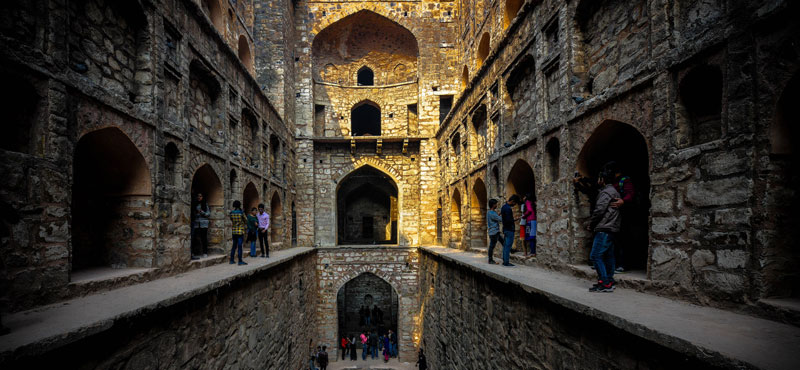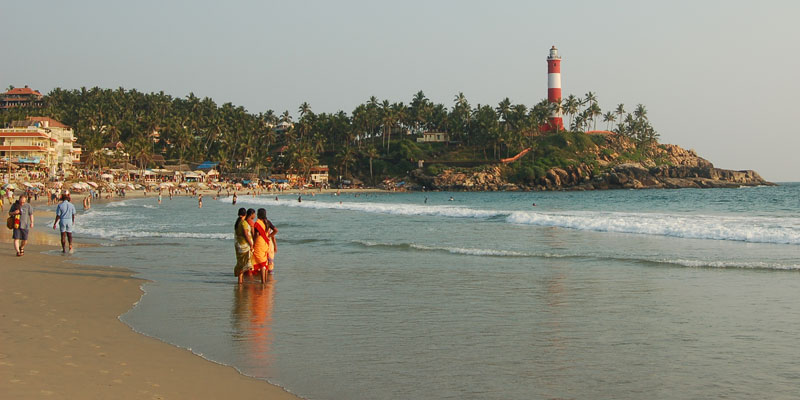India, known for its vibrant culture and rich heritage, celebrates a myriad of festivals throughout the year, each offering a glimpse into the country’s diverse traditions, customs, and religious beliefs. From grand festivities to intimate gatherings, these celebrations bring people together in a spirit of joy, unity, and harmony. Let’s explore the 15 most popular festivals of India that showcase its cultural tapestry.
1. Introduction to Indian Festivals
Indian festivals are an integral part of the country’s social fabric, marked by fervor, devotion, and communal spirit. They often symbolize various aspects of life, including harvest, mythological events, religious observances, and cultural traditions. These festivals are celebrated with great zeal and enthusiasm, transcending geographical and cultural boundaries.
2. Diwali: The Festival of Lights
Diwali, also known as Deepavali, is one of the most widely celebrated festivals in India. It signifies the victory of light over darkness and good over evil. The festival typically lasts for five days, with each day holding special significance. People decorate their homes with earthen lamps (diyas), burst firecrackers, exchange sweets, and offer prayers to Goddess Lakshmi, the harbinger of wealth and prosperity. Diwali also marks the return of Lord Rama to Ayodhya after 14 years of exile and his victory over the demon king Ravana.
3. Holi: The Festival of Colors
Holi, known as the festival of colors, marks the arrival of spring and the triumph of good over evil. It is celebrated with great enthusiasm and joy across India. The main ritual of Holi is the playful throwing and smearing of colored powders and water on family and friends, symbolizing the breaking down of barriers and the spreading of love and happiness. Traditional sweets like gujiya and thandai are savored during the festivities, and vibrant processions and cultural performances add to the merriment.
4. Navratri and Durga Puja: Celebrating the Divine Feminine
Navratri, meaning “nine nights,” is a Hindu festival dedicated to Goddess Durga and her nine incarnations. It is celebrated with fasting, prayers, and devotional songs. In some parts of India, especially in West Bengal, Navratri culminates in Durga Puja, a grand celebration honoring the victory of Goddess Durga over the buffalo demon, Mahishasura. Elaborate pandals (temporary structures) are erected, showcasing intricate idols of the goddess, and devotees throng to seek her blessings.
5. Eid-ul-Fitr: The Feast after Ramadan
Eid-ul-Fitr, also known as the “Festival of Breaking the Fast,” marks the end of Ramadan, the Islamic holy month of fasting. It is celebrated with great fervor and joy by Muslims worldwide. The day begins with special prayers at mosques, followed by feasting and merry-making with family and friends. Traditional delicacies like sheer khurma (sweet vermicelli pudding) are prepared, and gifts are exchanged as a gesture of love and goodwill.
6. Christmas: The Celebration of Joy and Peace
Although Christmas is a Christian festival, it is celebrated with enthusiasm across India, transcending religious boundaries. The festivities begin with the decoration of Christmas trees and homes with lights and ornaments. Midnight mass is attended by devout Christians, where hymns are sung, prayers are offered, and the birth of Jesus Christ is commemorated. Families come together to exchange gifts, share meals, and spread the message of love, joy, and peace.
7. Ganesh Chaturthi: Honoring the Elephant-headed God
Ganesh Chaturthi, also known as Vinayaka Chaturthi, is dedicated to Lord Ganesha, the remover of obstacles and the god of new beginnings. It is celebrated with great fervor and grandeur, especially in the state of Maharashtra. Elaborate idols of Lord Ganesha are installed in homes and public pandals, accompanied by chanting of mantras and devotional songs. The festival culminates with the immersion of the idols in water bodies, symbolizing the departure of Lord Ganesha with the promise of returning the following year.
8. Raksha Bandhan: Sibling Bonding
Raksha Bandhan, also known as Rakhi, celebrates the special bond between brothers and sisters. Sisters tie a sacred thread (rakhi) on their brothers’ wrists, symbolizing love, protection, and the bond of unity. Brothers, in turn, pledge to protect and support their sisters throughout their lives. The day is marked by joyous rituals, exchange of gifts, and family gatherings, strengthening the bond between siblings.
9. Dussehra: Victory of Good over Evil
Dussehra, also known as Vijayadashami, commemorates the victory of Lord Rama over the demon king Ravana, symbolizing the triumph of good over evil. The festival is celebrated with grand processions, dramatic reenactments of the Ramayana (the epic saga of Lord Rama), and the burning of effigies of Ravana, his brother Kumbhakarna, and son Meghnad. It is also a time for introspection, renewal, and reaffirmation of one’s commitment to righteousness and truth.
10. Onam: The Harvest Festival of Kerala
Onam is a ten-day harvest festival celebrated with great fervor in the southern state of Kerala. It honors King Mahabali, a legendary ruler who is believed to visit his subjects during this time. The festival is marked by colorful floral decorations (pookalam), traditional dances like Kathakali, elaborate feasts served on banana leaves (sadya), and boat races (vallamkali). It is a time for families to come together, celebrate abundance, and express gratitude for nature’s blessings.
11. Pongal: Tamil Nadu’s Harvest Festival
Pongal is a four-day harvest festival celebrated in the southern state of Tamil Nadu to thank the Sun God for a bountiful harvest. The first day, known as Bhogi Pongal, involves the ritualistic burning of old possessions and the cleaning of homes. The second day, Thai Pongal, is dedicated to cooking a special dish called pongal, made from freshly harvested rice and lentils, in earthen pots. The third day, Mattu Pongal, is dedicated to honoring cattle, who play a crucial role in agriculture. The fourth day, Kaanum Pongal, is a time for family outings and bonding.
12. Bihu: Assam’s Cultural Extravaganza
Bihu is the most important festival of Assam, celebrated with immense joy and fervor. It is observed three times a year – Rongali Bihu in April (celebrating the Assamese New Year and the onset of spring), Kongali Bihu in October (marking the completion of sowing and transplanting of crops), and Bhogali Bihu in January (celebrating the harvest season). The festival is characterized by traditional Bihu dances, melodious songs, cultural performances, and feasting on delicacies like pitha (rice cakes) and laru (sweet balls).
13. Makar Sankranti: A Festival of Kites
Makar Sankranti, also known as Uttarayan, is a Hindu festival celebrated across India to mark the transition of the Sun into the zodiac sign of Capricorn (Makara). It is a time for renewal, as the days start getting longer and warmer, signifying the onset of spring. People fly colorful kites, symbolic of letting go of past grievances and soaring to new heights. Traditional sweets like til ladoo (sesame seed balls) and gajak (sesame seed brittle) are prepared, and holy dips are taken in rivers like the Ganges to cleanse the soul.
14. Gudi Padwa: Maharashtrian New Year
Gudi Padwa marks the beginning of the Hindu New Year in the state of Maharashtra. It is celebrated with great enthusiasm and traditional rituals. The day begins with the hoisting of the Gudi, a decorated flag symbolizing victory and prosperity, outside homes. Traditional sweets like puran poli (sweet flatbread) and shrikhand (sweetened yogurt) are prepared, and families come together to exchange greetings and blessings. The festival signifies new beginnings, auspiciousness, and the spirit of togetherness.
15. Eid-ul-Adha: Commemorating Abraham’s Sacrifice
Eid-ul-Adha, also known as Bakrid, commemorates the willingness of Prophet Ibrahim (Abraham) to sacrifice his son Isma’il (Ishmael) as an act of obedience to God. Muslims celebrate this occasion by performing the ritual of Qurbani (sacrifice), where an animal, typically a goat or sheep, is slaughtered and its meat distributed among family, friends, and the less fortunate. Special prayers are offered at mosques, and the day is spent in feasting, sharing, and spreading joy and goodwill.
Conclusion
The festivals of India are not just occasions for celebration; they are embodiments of the country’s rich cultural heritage, religious diversity, and spirit of unity in diversity. These festivals bring people from different walks of life together, fostering a sense of belonging, camaraderie, and mutual respect. As India continues to evolve and embrace modernity, its timeless traditions and festive celebrations remain a testament to the enduring spirit of its people.
FAQs
1. Which is the biggest festival in India?
- Diwali, the Festival of Lights, is widely considered the biggest and most significant festival in India.
2. How long does Diwali last?
- Diwali celebrations typically last for five days, with each day having its own set of rituals and traditions.
3. What is the significance of Holi?
- Holi signifies the victory of good over evil and the arrival of spring. It’s celebrated with colors, music, and festive foods.
4. What is the main ritual of Raksha Bandhan?
- The main ritual of Raksha Bandhan is the tying of a sacred thread (rakhi) by sisters on their brothers’ wrists.
5. When is Onam celebrated?
- Onam is typically celebrated in the Malayalam month of Chingam, which falls in August or September according to the Gregorian calendar.




